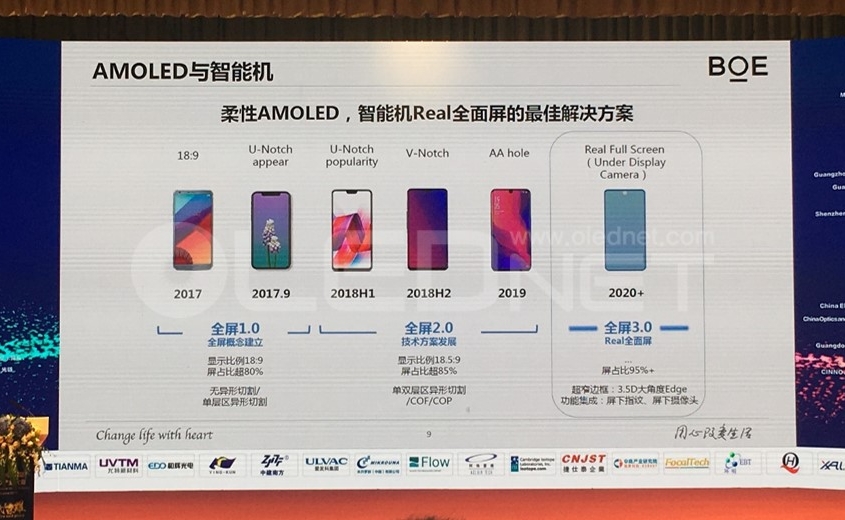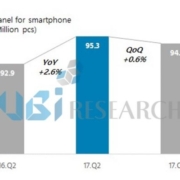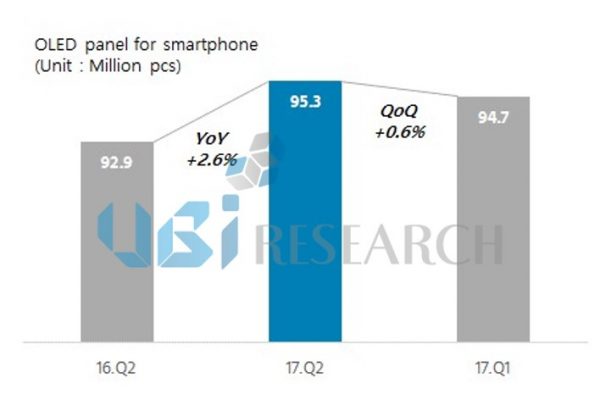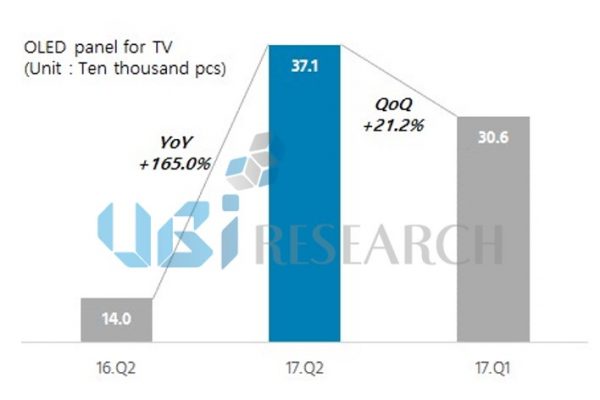The next full-screen display trend is the under-display camera
Reporter : Daejeong Yoon
Since Samsung’s Galaxy S8 and Apple’s iPhone X launch, smartphones with the Home button removed have become a trend in the smartphone market.
Due to the nature of smartphones that cannot grow indefinitely, display sizes with a large proportion within limited smartphone sizes are directly related to the competitiveness of smartphone set makers.
Samsung’s Galaxy S10, which was recently released, attracted great attention with its flexible OLED with HIAA (hole in active area) technology. Notch or HIAA designs, however, can still interfere with video viewing and gaming because camera lenses occupy a small portion of the display.
That is why a number of panel makers are developing under display camera technology for a full-screen display.
Under display camera technology allows the front camera to be placed behind the display for a full-screen display. Oppo unveiled the first smartphone with the technology at MWC China 2019, and BOE and Visionox also anticipated that under-display cameras will become the next trend in smartphones at CIOC 2019.

It is expected that screen, camera module, and algorithmic technologies will all be specially designed to implement under display camera technology. Specifically, the technology to make the pixel near the camera at low resolution to secure transmittance, to mount a CMOS image sensor of a larger pixel size than the existing, and to apply algorithm technology to improve the picture quality.
The trend of full-screen smartphones, which began in 2017, is paying attention to whether full-screen smartphones will bloom with the technology of under-display cameras since 2020.




